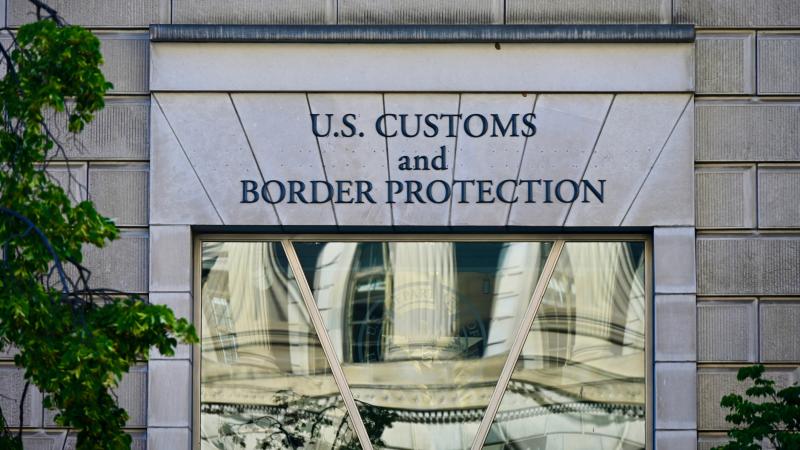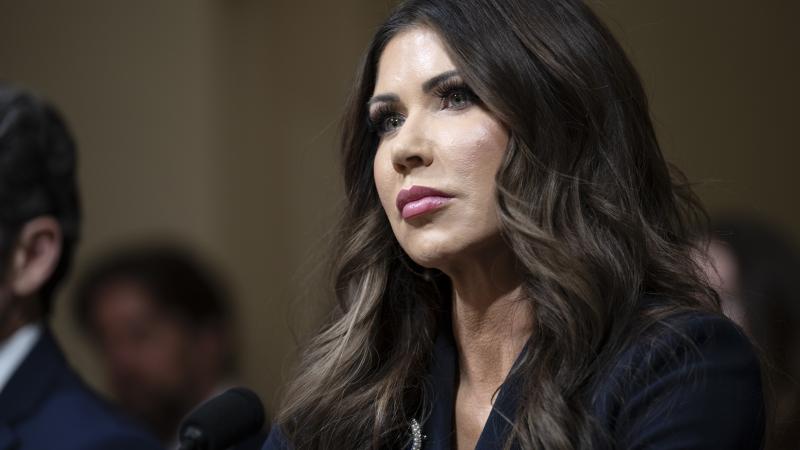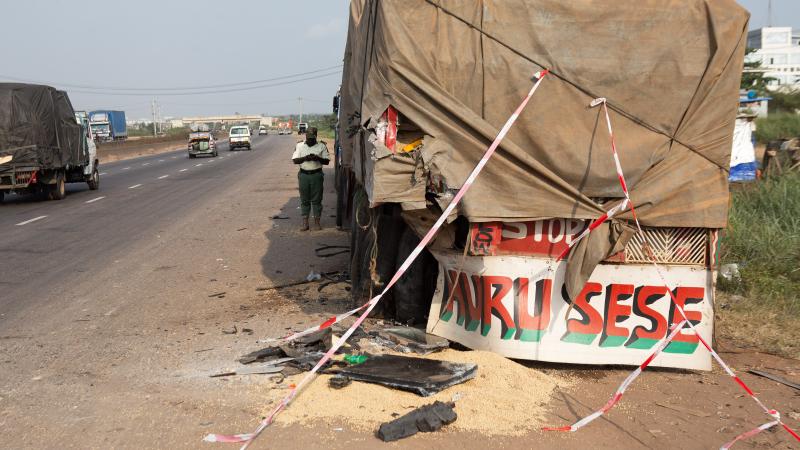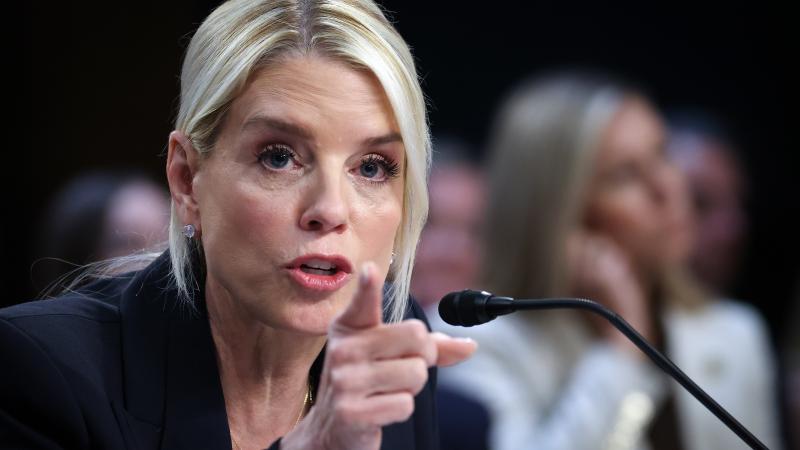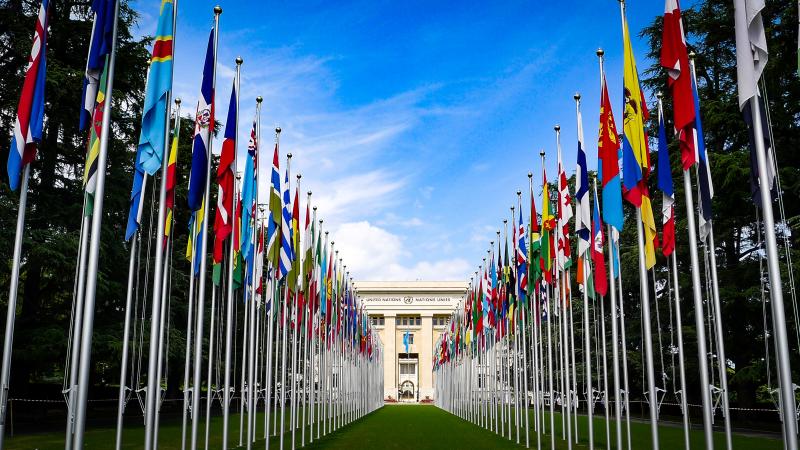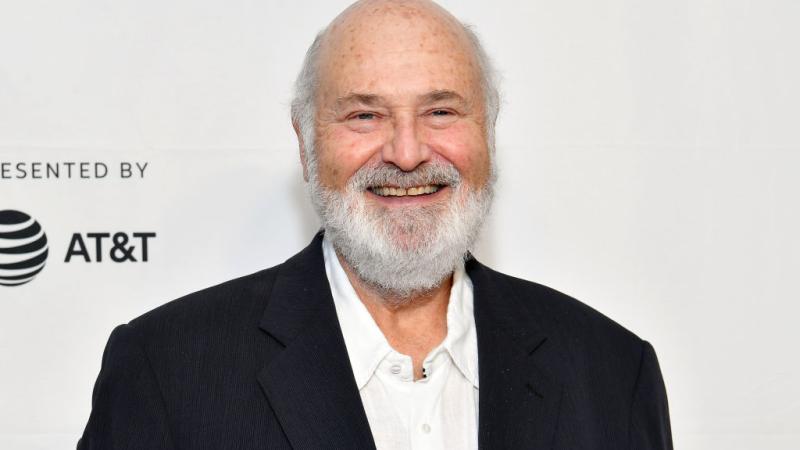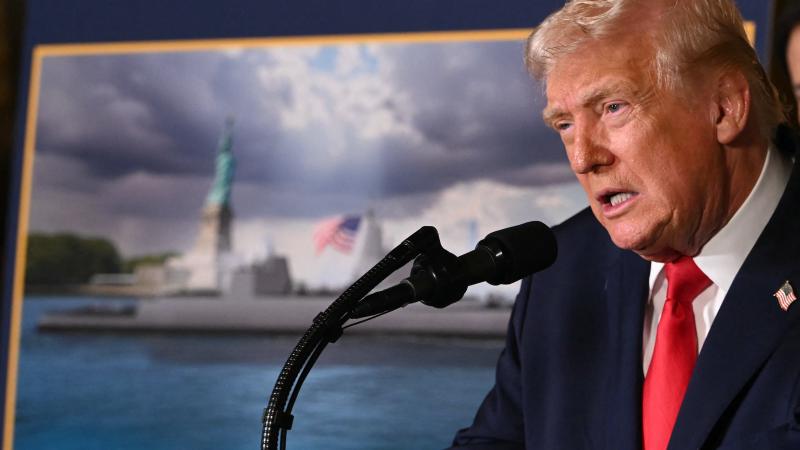Veterans Affairs Department botches drug return program, resulting in $14.6 million in losses
The recently released audit also found the did not communicate with VHA medical facility pharmacy chiefs to ensure protocols were followed.
This week’s Golden Horseshoe is awarded to the Department of Veterans Affairs for its botched oversight of a drug-return program that has resulted in $14.6 million in taxpayer losses, according to the agency watchdog.
A recently released audit by the VA's Office of Inspector General found the agency mismanaged the program and did not communicate with medical facility pharmacy chiefs to ensure the program’s protocols were followed.
The OIG found Veterans Health Administration pharmacy chiefs "did not effectively implement the program and did not follow requirements in VA’s contract with the reverse distributor, Pharma Logistics. These issues increased the risk of drug diversion and ultimately put about $18.1 million at risk."
After the inspector general alerted the VA about the issues, the agency was able to recoup nearly $3.2 million, but ultimately $14.6 million was lost due to its lax oversight of the drug-return program.
"While VA took quick action following the OIG’s notification to recoup $2.2 million and Pharma Logistics credited VA an additional $1 million for drugs they returned to the manufacturers as they became eligible for credit, the OIG believes that an estimated $14.6 million of the remaining about $14.9 million represents funds that could have been put to better use if pharmacy chiefs fully complied with the terms of the contract," the watchdog found.
The $14.6 million in losses consisted of: $1.2 million in creditable drugs that were returned too soon; $3.7 million in not creditable drugs returned too soon; $2.9 million spent for Tamiflu that was sent back too soon; and an additional $6.8 million to repurchase drugs that were sent back too soon.
"The OIG also questions the estimated $307,365 VHA paid to Pharma Logistics to process drugs returned too soon. Overall, the OIG found that VHA’s poor management of the drug return program resulted in a monetary loss of about $14.9 million," according to the audit.
The report showed VA medical facilities returned drugs and then had to repurchase them for $6.8 million.
"Of the 50 drugs the audit team examined, 40 were repurchased by the facilities before the original (returned) drugs would have expired, at a cost of $6.8 million,” the audit found. "This unnecessary expenditure could have been directed toward other necessary expenditures. Drugs were considered returned too early if they were returned with more than 120 days until expiration."
Three national level offices are responsible for the governance of the drug return program – the VHA Office of the Deputy Under Secretary for Health for Operations and Management, the VHA’s Office of the Deputy Under Secretary for Health for Policy and Services and the VA’s National Contract Services.
All three failed in their oversight responsibilities and did not communicate to pharmacy chiefs about the requirements for returning used or expired drugs.
The inspector general also found drugs were left unsecured at several facilities and a lack of pharmaceutical tracking.
The audit found "pharmacy chiefs did not always secure and track drugs held for return or complete required analyses to maximize returns. They also failed to meet contract requirements to return for credit only drugs due to expire within 120 days," the report stated.
A majority of the VA pharmacies inspected did not secure pharmaceuticals and pharmacy personnel had access to the drugs.
"Pharmacy chiefs did not always take required steps to fully safeguard noncontrolled drugs set aside for return. Only one of the five facilities the team visited was taking steps to properly secure noncontrolled drugs at all the pharmacies operating at the time of the team’s site visit (two pharmacies)," the OIG also found.
The audit team found drug security lapses in seven of 10 pharmacies at four other facilities it inspected.
"At one pharmacy, a box used to store drugs for return was locked, but an OIG auditor was able to open the hatch far enough to allow an adult's hand to fit through the box's door and remove drugs. This box was mounted on the wall in an area that was accessible to all pharmacy personnel," the watchdog reported.
A second pharmacy had a bin to store drugs awaiting return that had a round hole cut into the top to allow pharmacy workers to drop drugs into the bin. "However, the hole was so large that an OIG auditor was able to pull out drugs intended for return."
A third pharmacy had an open bin with drugs that was accessible to all pharmacy personnel.
All examples the watchdog found did not meet VHA Directive 1087 requirements for drugs set aside to be returned. The directive requires the drugs be secured in a locked area, separate from normal pharmacy inventory with limited access, according to the watchdog.


